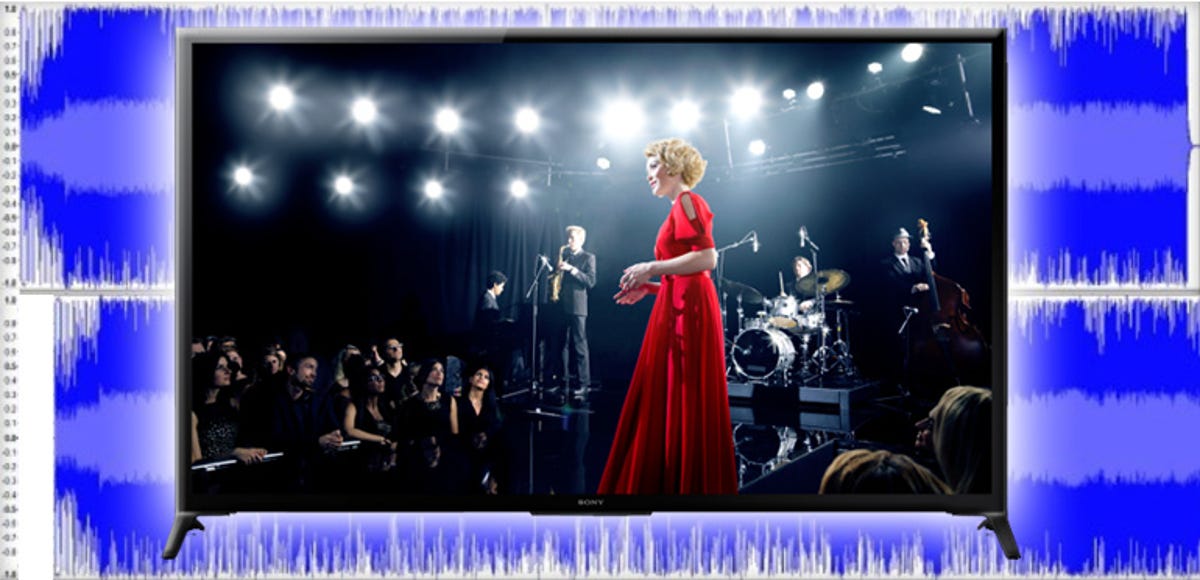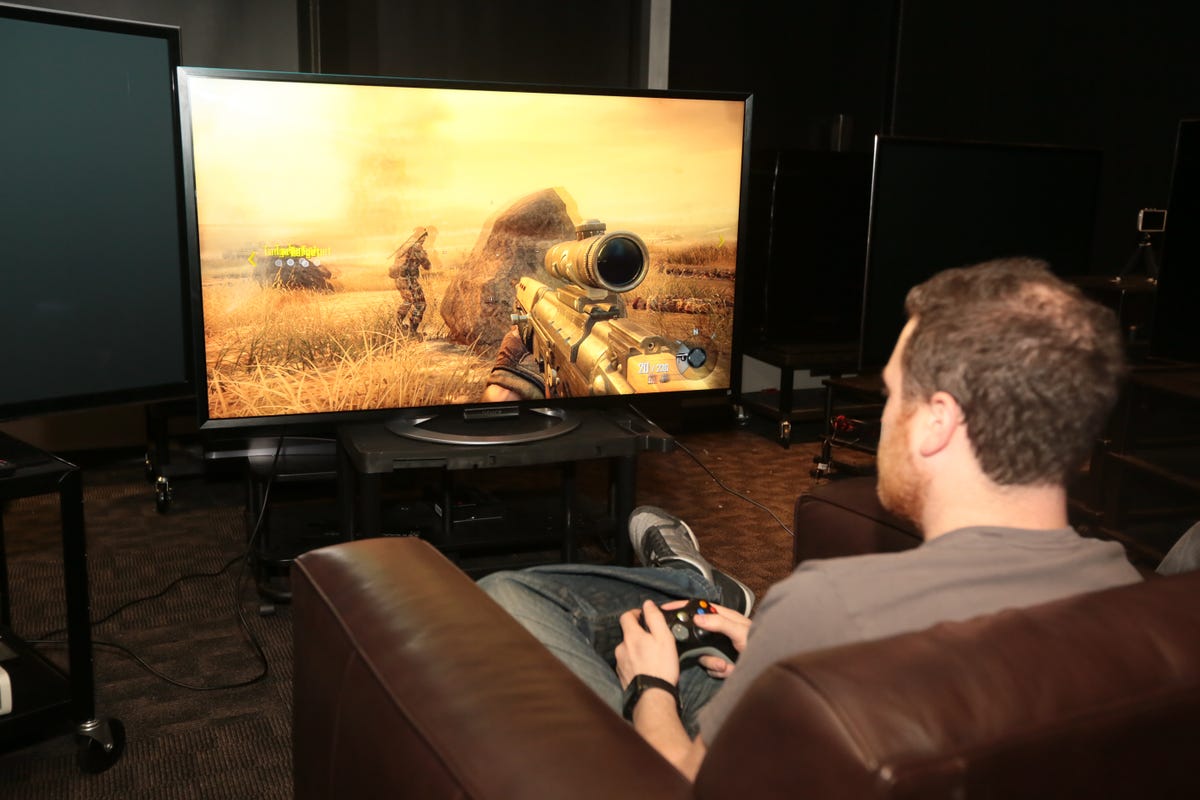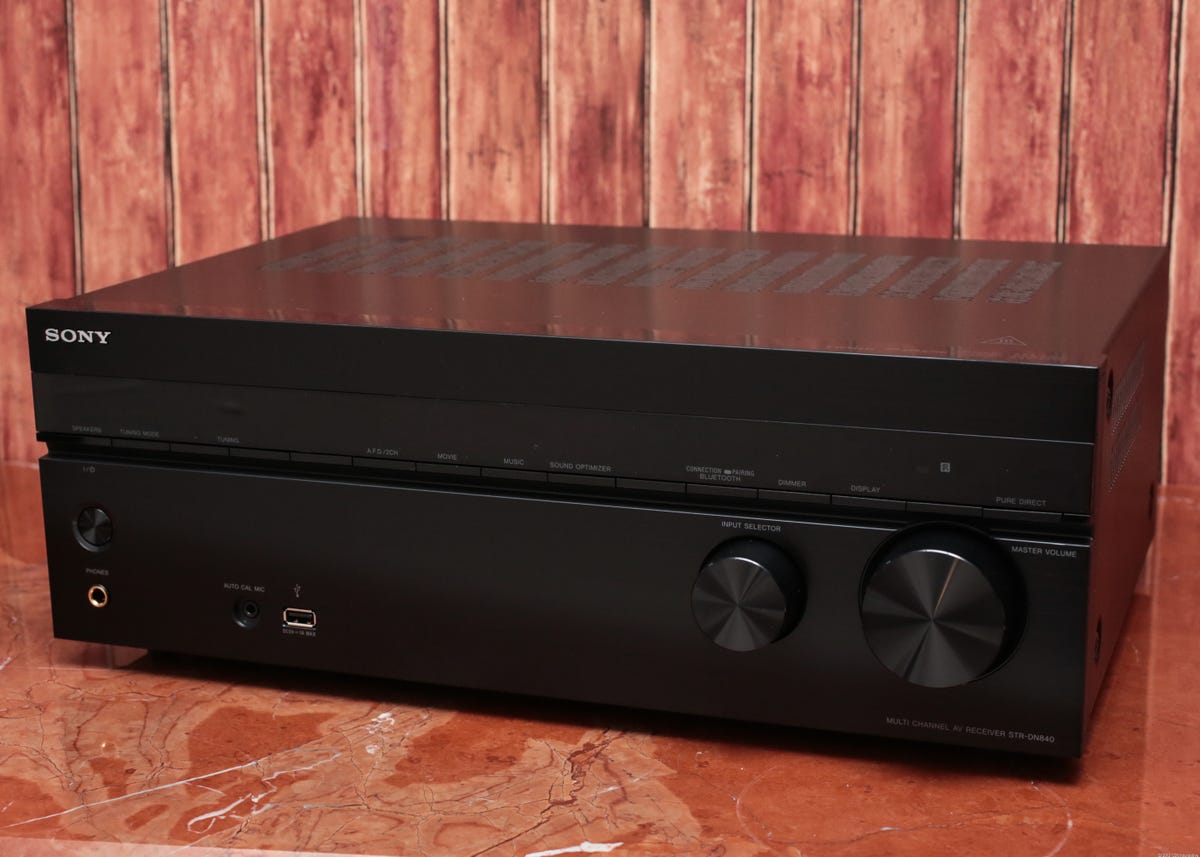
A lip-sync error occurs when the video of a person speaking on your TV doesn’t match up with the sound of them speaking. This can make it look like someone else is doing the voices on your movie, like a badly dubbed foreign-language film.
Most commonly the video lags behind the audio, but the reverse can also happen. It can be annoying, to say the least — the kind of thing that once you notice, you can’t forget about easily. Sometimes you can fix the issue, but all too often you can’t.
There are many causes of lip-sync errors, but for the purpose of this article we’ll concentrate on the ones you can potentially do something about: those caused by your own AV gear.
People’s perception of the problem also varies. Some are sensitive enough to notice lip-sync errors of just a few frames — small fractions of a second. Other people don’t notice the delay until it becomes more severe.
Where’s the problem?
Tracking down where the sync issue is coming from is a good first step. If the problem is in the program you’re watching, there’s not much you can do about it (though don’t miss the Receiver/Sound bar section below). If you’re seeing errors only on certain channels, or with certain programs, it’s probably not the fault of your system.
If your sources (Blu-ray player, cable box, and so on) are connected directly to your TV, and every source has a lip-sync problem, then the TV is the offender. This may seem obvious, but I’ve gotten emails from people angry at everything but their new TV for causing lip-sync issues.
If you have a receiver in the mix, connect a source directly to the TV, and see if the problem disappears. If so, then you’ve found the culprit: the receiver.
Figuring out where the problem is coming from makes it a lot easier to see if you can fix it without buying new gear.


Sarah Tew/CNET
The TV
If your problem is in the TV, there are a few options to try:
Game mode/input lag
If you’re a gamer, you’ve likely heard of input lag. This is the amount of time it takes for a command entered on a controller (a button press, say) to show up on the screen. The more input lag, the harder it is to make well-timed shots in games like first-person shooters.
Input lag is a symptom of the same problem as lip-sync errors: the TV’s slow processing causes a delay in getting the video to the screen. Some of the slower TVs CNET has measured have input lags of over 100ms (though most are less). This doesn’t necessarily mean there’s a tenth-of-a-second delay between the audio and the video, as the audio goes through some decoding/processing as well, but that is minor compared to the video. It is possible that multiple frames of video are happening between between the sound and the image.
Game mode disables most of this processing, getting the video to your eyeballs sooner.
The problem with Game mode is that, on most displays, it means a decrease in picture quality (since much of the video processing is turned off). It also might not fix the problem. It’s worth testing, however, to see what the cause of the lip-sync is.
If the TV itself is the issue, you might need to get a sound bar or receiver that can delay the audio. This has a secondary benefit of getting you significantly better sound than the horrible TV speakers. You might even be able to hear dialogue better, as an added bonus.


Sarah Tew/CNET
Receivers and sound bars: A possible fix
Many receivers and some sound bars have lip-sync adjustment features, letting you dial in a certain amount of delay to the audio, so it better matches the video. For most people, this will solve the problem. All the sources go into the receiver, the receiver sends the video to the TV, and the audio that comes out of the speakers (which are connected to the receiver) is delayed enough to match the video. The rare sound bar that’s equipped with lip-sync delay will generally work in the same way.
Of course, this means you’d need to buy a receiver or sound bar, but if you’re still using the speakers in your TV, you’re missing out.
Also, check your Blu-ray player. There maybe be an option to delay the audio there, which would at least help the issue for BD movies (and also help you track down the issue).
Related Stories
- LED LCD vs. plasma vs. LCD
- HDMI vs. DisplayPort vs. DVI vs. VGA
- Why all HDMI cables are the same
- How big a TV should I buy?
- Active 3D vs. passive 3D: What’s better?
If the receiver is the problem
If you’ve diagnosed that the receiver is causing the lag, first check that it’s not doing any video processing on its own. Rarely do you want a receiver performing any video processing anyway — let the TV do it, unless your TV is a really low-end budget model. While you’re in there, it can’t hurt to check if there is lip-sync delay settings, and they’re already active.
One last-ditch setup to test is running your sources through your TV, then running the audio output from your TV back to the receiver. There are a whole host of “ifs” and problems with this, which is why you should only test it last. First and foremost, there’s no guarantee the TV will delay the audio correctly. But, if you plugged a source into the TV directly (which you should have, to diagnose that the receiver is the issue), then it’s possible the TV could output the audio correctly.
Well, at least timed correctly. Most TVs only output two-channel audio via the Audio Return Channel, and there’s no guarantee it will pass Dolby Digital from an optical connection either.
And that shows the other problem…only Dolby Digital, at best. With this method you’re going to lose the ability to listen to the high-resolution audio formats on Blu-ray (Dolby TrueHD, DTS-HD). This isn’t a huge loss, as there isn’t a massive difference between DD and the high-res, but they are an improvement.
If you can’t fix the issue with the receiver, search online to see if others have had the same issue with your model, or worst case, contact the manufacturer and see if they have advice.
Setting sync delay
If you’ve got a receiver, sound bar, or Blu-ray player that lets you adjust delay for lip-sync errors, the easiest method is to just eyeball it. Try to find a video with something short and percussive, like a music video with drums, or a gunshot. A single hit of a gun or drum is easier to match up than the babbling of an actor.
If you want something a little more precise, you’ll need a test disc. We’ve mentioned Disney’s excellent World of Wonder test disc before, and there’s a test pattern called “A/V Sync Test” with a rotating bar and a beep that makes it easy to dial in the delay.
Bottom line
Lip-sync errors are annoying, distracting, and potentially fatiguing for the brain. There’s no simple solution, though adding a sound bar or a receiver certainly brings additional benefits: much-improved sound.
Got a question for Geoff? First, check out all the other articles he’s written on topics like why all HDMI cables are the same, LED LCD vs. plasma, active versus passive 3D, and more. Still have a question? Send him an e-mail! He won’t tell you what TV to buy, but he might use your letter in a future article. You can also send him a message on Twitter @TechWriterGeoff or Google+.




